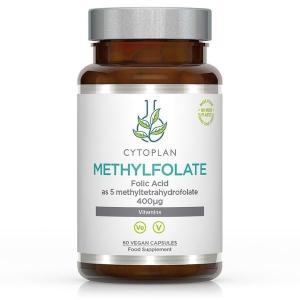Tolice alfalfa (Medicago sativa)
Other names: Medicago sativa, Burgundy hay, Alfalfa
Harm score: 1 (Natural substances)
Alfalfa, also known as Medicago sativa, Burgundy hay or Alfalfa, is a perennial deep-seasoning plant that is one of the oldest cultivated crops in the world. It is believed to have originated in Central Asia and began to be cultivated for its nutritional properties more than 6,000 years ago. Tolice alfalfa is particularly important for its ability to fix airborne nitrogen and its nutritional value, being rich in protein, vitamins and minerals. These properties make it one of the most valuable forage crops.
One of the main uses of alfalfa is in the feed industry. In livestock feed it serves as an important source of protein, vitamins and minerals. Alfalfa is also part of the human diet, especially in the form of sprouted seeds, which are a popular part of a healthy diet. Another use of tolula is in the pharmaceutical and cosmetic industries, where its anti-inflammatory and antioxidant properties are particularly exploited. Alfalfa is also popular with gardeners as its ability to fix airborne nitrogen improves soil quality. Last but not least, it is used in wastewater treatment plants to remove excess phosphorus.
Tolice alfalfa (Medicago sativa) can be found in the following products
